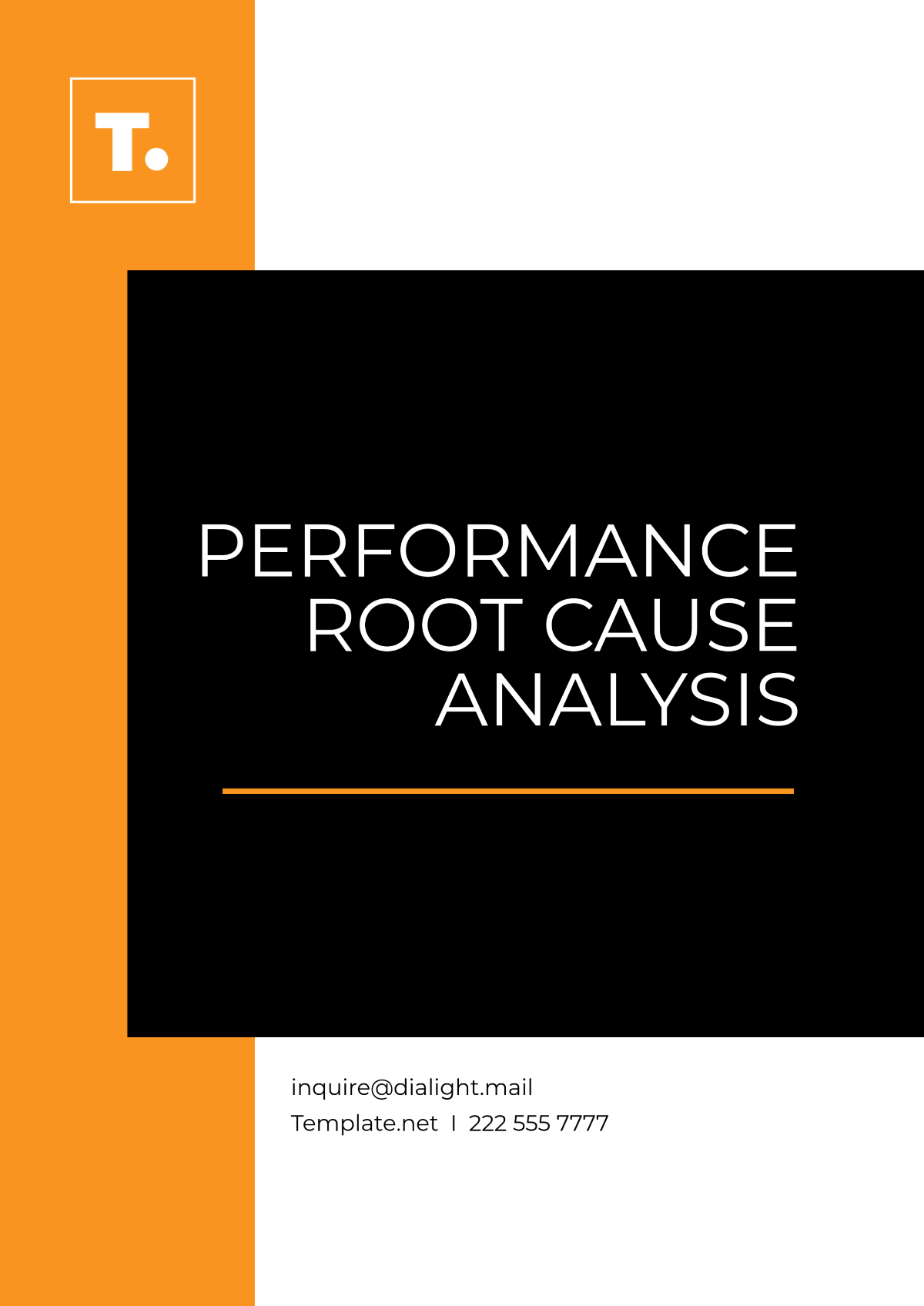Gym Equipment Usage Analysis
I. Executive Summary
The Gym Equipment Usage Analysis at [Your Company Name] offers a meticulous exploration of equipment utilization dynamics aimed at optimizing operational efficiency and enhancing member experience. By scrutinizing usage patterns across various time frames, from peak hours to off-peak times, the analysis pinpoints high-demand periods when equipment availability is crucial. Simultaneously, it identifies underutilized equipment, enabling strategic redistribution or replacement decisions to maximize resource utilization and member satisfaction.
Moreover, the analysis evaluates current maintenance schedules to mitigate unforeseen equipment downtime, ensuring continuous availability during peak usage hours. By aligning maintenance practices with usage insights, [Your Company Name] aims to uphold service reliability and operational consistency. This proactive approach not only supports operational efficiency but also contributes to a positive member experience, fostering loyalty and satisfaction within the fitness community.
In conclusion, the Gym Equipment Usage Analysis underscores [Your Company Name]'s commitment to excellence by leveraging data-driven insights to refine equipment management strategies. By addressing usage patterns, maintenance protocols, and member needs comprehensively, [Your Company Name] aims to maintain a competitive edge in the dynamic fitness industry while prioritizing the seamless delivery of high-quality service to its valued members.
A. Objectives
The objectives outlined for the Gym Equipment Usage Analysis at [Your Company Name] are designed to enhance operational efficiency and member satisfaction. By focusing on optimizing equipment utilization, ensuring safety through regular maintenance, and incorporating member feedback, [Your Company Name] aims to provide a seamless and rewarding fitness experience for all members.
Optimize Gym Equipment Utilization: The primary objective is to maximize the efficiency of gym equipment usage at [Your Company Name]. This involves identifying peak usage hours and equipment popularity to strategically manage availability and minimize idle time.
Enhance Member Satisfaction: By optimizing equipment utilization, the aim is to enhance member satisfaction. Ensuring that members have access to the equipment they need when they need it improves overall satisfaction and member experience.
Ensure Regular Maintenance and Safety: Another key objective is to maintain equipment in optimal condition through regular maintenance schedules. This not only reduces the risk of unexpected downtime but also ensures member safety by keeping equipment in safe working order.
Improve Accessibility and Reduce Wait Times: The analysis aims to improve equipment accessibility by reducing wait times during peak hours. By reallocating or upgrading equipment based on usage patterns, [Your Company Name] can minimize member frustration and waiting periods.
Incorporate Member Feedback for a Better Gym Experience: Lastly, the analysis seeks to incorporate member feedback into equipment management strategies. By listening to member suggestions and preferences, [Your Company Name] can tailor equipment offerings and usage policies to better meet member expectations and enhance overall gym experience. This iterative process of feedback integration aims to foster a collaborative environment where member needs drive continuous improvement in service delivery.
B. Scope
The scope of this analysis at [Your Company Name] encompasses comprehensive insights into equipment usage patterns, high-demand periods, underused equipment, maintenance schedules, and member feedback. By addressing these key areas, [Your Company Name] aims to optimize operational efficiency and enhance member satisfaction, ensuring a seamless and responsive fitness experience for all members.
Equipment Usage Patterns: Examining how gym equipment is utilized across different times and days to identify usage trends and patterns.
High-Demand Periods: Identifying peak hours when equipment usage is at its highest to ensure sufficient availability during these times.
Underused Equipment: Assessing equipment that is frequently underutilized to make informed decisions about repositioning or reallocating resources.
Maintenance Schedules: Evaluating current maintenance practices to ensure equipment reliability and minimize downtime during peak usage hours.
Member Feedback: Incorporating insights from member feedback to align equipment offerings and operational practices with member preferences and needs.
II. Data Collection and Methodology
The Data Collection and Methodology section of the Gym Equipment Usage Analysis at [Your Company Name] outlines the comprehensive approach used to gather and analyze data. By leveraging member check-in/check-out times, equipment usage logs, maintenance records, and member feedback, this analysis aims to uncover valuable insights into equipment utilization patterns and member preferences. The methodology involves meticulous data collection, processing to identify usage patterns, and evaluating findings to inform strategic decisions and enhance operational efficiency.
A. Data Sources and Methodology
Data Source | Description |
|---|---|
Member check-in/check-out times | Records the entry and exit times of gym members to track usage patterns and peak hours. |
Equipment usage logs | Tracks usage statistics of each piece of gym equipment, detailing frequency and duration of use. |
Maintenance records | Documents all maintenance activities, including schedules, repairs, and downtime periods. |
Member feedback and surveys | Captures member opinions, preferences, and satisfaction levels through surveys and direct feedback. |
The analysis involves collecting data from the above sources, processing the data to identify patterns, and evaluating the findings to offer actionable insights.
1. Data Collection
Objective: Collect comprehensive data to understand equipment usage dynamics and member interactions.
Member Check-in/Check-out Times: Record entry and exit times to identify peak usage hours and member traffic patterns.
Equipment Usage Logs: Track usage statistics to analyze popular equipment and identify underused resources.
Maintenance Records: Document maintenance activities to assess equipment reliability and downtime impact.
Member Feedback and Surveys: Gather insights into member satisfaction, preferences, and areas for improvement.
2. Data Processing
Objective: Organize and analyze collected data to extract meaningful insights.
Data Organization: Structured compilation of data from various sources for systematic analysis.
Usage Pattern Analysis: Identify recurring usage trends, peak demand periods, and equipment popularity.
Maintenance Impact Assessment: Evaluate maintenance logs to correlate with equipment availability and member satisfaction.
3. Pattern Identification
Objective: Identify key patterns and trends to optimize equipment distribution and service delivery.
Peak Usage Identification: Determine peak hours and popular equipment to optimize resource allocation.
Underutilized Equipment: Identify equipment with low usage rates for potential reallocation or upgrade.
Maintenance Optimization: Adjust maintenance schedules based on usage patterns to minimize downtime.
4. Evaluation and Insights
Objective: Evaluate findings to derive actionable insights and improve operational efficiency.
Insight Generation: Translate data analysis into actionable recommendations for equipment management and member experience enhancements.
Strategic Decision Support: Provide data-driven insights to inform strategic decisions on equipment investment and facility management.
Continuous Improvement: Implement feedback-driven improvements to enhance member satisfaction and retention.
This comprehensive methodology ensures that [Your Company Name] leverages data effectively to optimize gym operations, enhance member satisfaction, and maintain competitive advantage in the fitness industry.
III. Findings
The Findings section of the Gym Equipment Usage Analysis at [Your Company Name] presents key insights derived from the data analysis. This section focuses on equipment utilization patterns and maintenance schedules to optimize operational efficiency and member satisfaction.
A. Equipment Utilization Patterns
Analysis of peak and off-peak hours, high-demand equipment, and underused machines.
Equipment | Usage Hours | Peak Usage Time | Underused Status |
|---|---|---|---|
Treadmill | 2000 | 5 PM - 7 PM | No |
Rowing Machine | 500 | 6 AM - 8 AM | Yes |
Cross Trainer | 1200 | 12 PM - 2 PM | No |
Weight Bench | 800 | 4 PM - 6 PM | No |
Exercise Bike | 1500 | 6 PM - 8 PM | No |
The analysis reveals varying usage patterns across different equipment types. Adjustments in scheduling and resource allocation can further optimize equipment utilization and member satisfaction.
B. Maintenance Schedules
Assessment of current maintenance schedules and recommendations.
Assessment | Recommendation |
|---|---|
Current maintenance routines are adequate. | Introduce quarterly deep-cleaning sessions to maintain equipment performance and member satisfaction. |
Equipment inspections are thorough but irregular. | Implement a bi-monthly inspection schedule to proactively identify and address maintenance issues. |
Downtime due to maintenance is minimal. | Explore predictive maintenance techniques to preemptively address equipment issues and minimize disruptions. |
Member feedback indicates cleanliness concerns. | Enhance cleaning protocols and schedule regular spot-checks to maintain high standards of hygiene and member comfort. |
The assessment of maintenance practices highlights strengths and areas for improvement. By implementing recommended changes, [Your Company Name] can enhance equipment reliability, minimize downtime, and improve overall member experience, ensuring sustained operational excellence in the fitness facility.
IV. Recommendations
The Recommendations section of the Gym Equipment Usage Analysis at [Your Company Name] outlines actionable strategies to optimize equipment placement, enhance member education, and promote engagement. These recommendations aim to improve operational efficiency and member satisfaction within the fitness facility.
A. Equipment Placement and Rotation
Recommendation | Implementation Plan |
|---|---|
Strategically relocate underused equipment to more visible areas. | Identify high-traffic zones and relocate underused equipment accordingly to increase visibility and usage. |
Rotate equipment to different zones based on usage patterns. | Implement a rotation schedule to periodically move equipment to zones experiencing peak demand, optimizing accessibility and member satisfaction. |
Enhance signage for easier equipment location. | Introduce clear signage throughout the gym to help members easily locate and access various equipment. |
Create dedicated zones for specific exercise types (e.g., cardio, strength training). | Designate separate areas within the gym for different types of exercises to streamline member workouts and equipment usage. |
Implement a reservation system for high-demand equipment during peak hours. | Introduce a booking system to allow members to reserve popular equipment in advance, minimizing wait times and optimizing usage. |
B. Member Education and Engagement
Recommendation | Implementation Plan |
|---|---|
Introduce programs and materials to educate members on proper equipment usage and safety. | Develop educational programs and materials, including workshops, instructional videos, and manuals, to educate members on safe and effective equipment usage. |
Workshops on equipment safety | Conduct regular workshops focusing on equipment safety protocols, usage techniques, and injury prevention strategies to empower members with knowledge and confidence. |
Provide personalized fitness assessments for new members. | Offer individualized fitness assessments to new members to assess their fitness levels and create tailored workout plans. |
Launch a mobile app with workout tutorials and equipment guides. | Develop a mobile application featuring workout tutorials, equipment guides, and virtual fitness classes to enhance member engagement and convenience. |
Offer incentives for members who complete equipment orientation sessions. | Provide rewards or discounts for members who participate in equipment orientation sessions to encourage engagement and ensure proper usage. |
These comprehensive recommendations aim to optimize equipment utilization, enhance member education, and foster greater engagement within [Your Company Name]'s fitness facility. By implementing these strategies, [Your Company Name] can improve member satisfaction, retention, and operational efficiency, thereby solidifying its position in the competitive fitness market.
V. Conclusion
The Gym Equipment Usage Analysis provides critical insights that inform strategic decisions regarding equipment investments and facility upgrades at [Your Company Name]. By analyzing usage patterns, maintenance schedules, and member feedback, this analysis facilitates data-driven optimizations to enhance operational efficiency and member satisfaction. These insights enable [Your Company Name] to strategically allocate resources, improve equipment accessibility, and tailor member experiences, ultimately fostering a safe, enjoyable environment conducive to achieving fitness goals.
Implementing recommendations from this analysis will not only optimize equipment placement and maintenance practices but also elevate member engagement through targeted education initiatives and enhanced facility amenities. By continuously refining operational strategies based on data-driven insights, [Your Company Name] can maintain its competitive edge in the fitness industry while prioritizing member safety and satisfaction. This holistic approach ensures that [Your Company Name] remains responsive to evolving member needs and market dynamics, positioning it for sustained growth and excellence in fitness service delivery.

















































